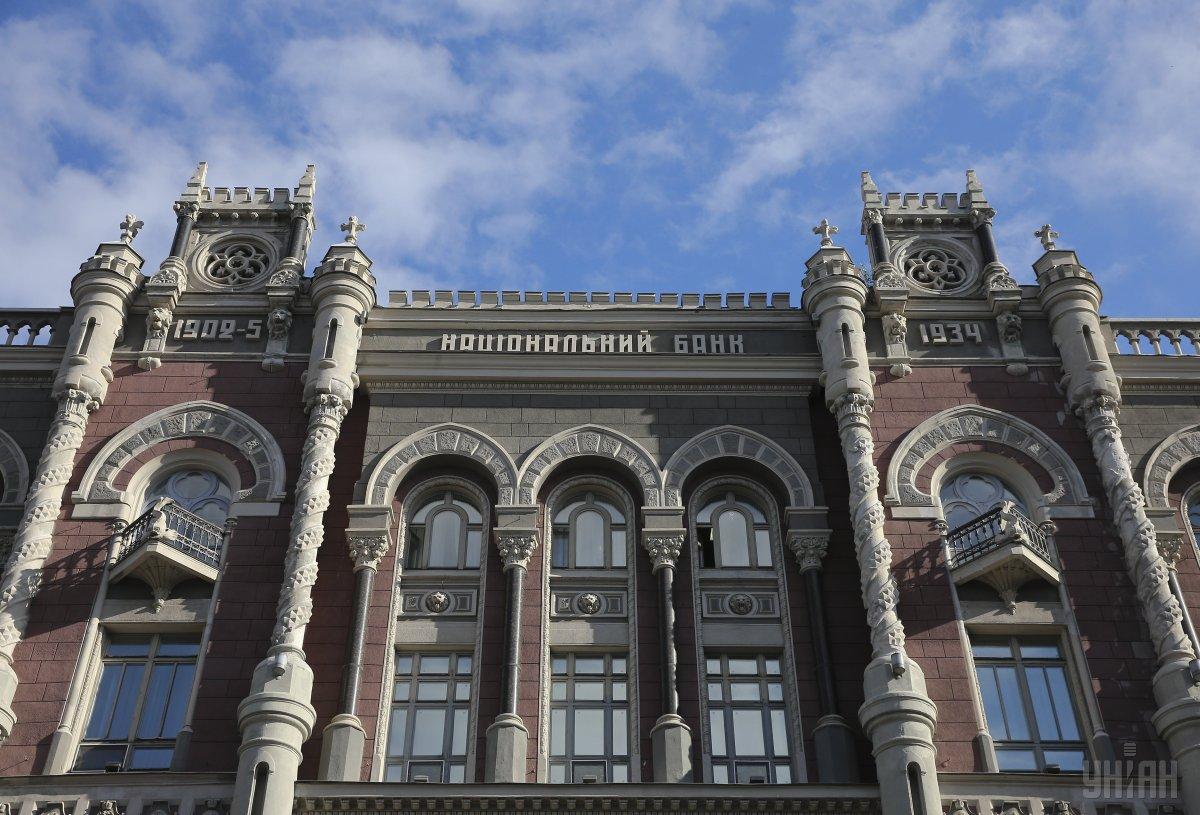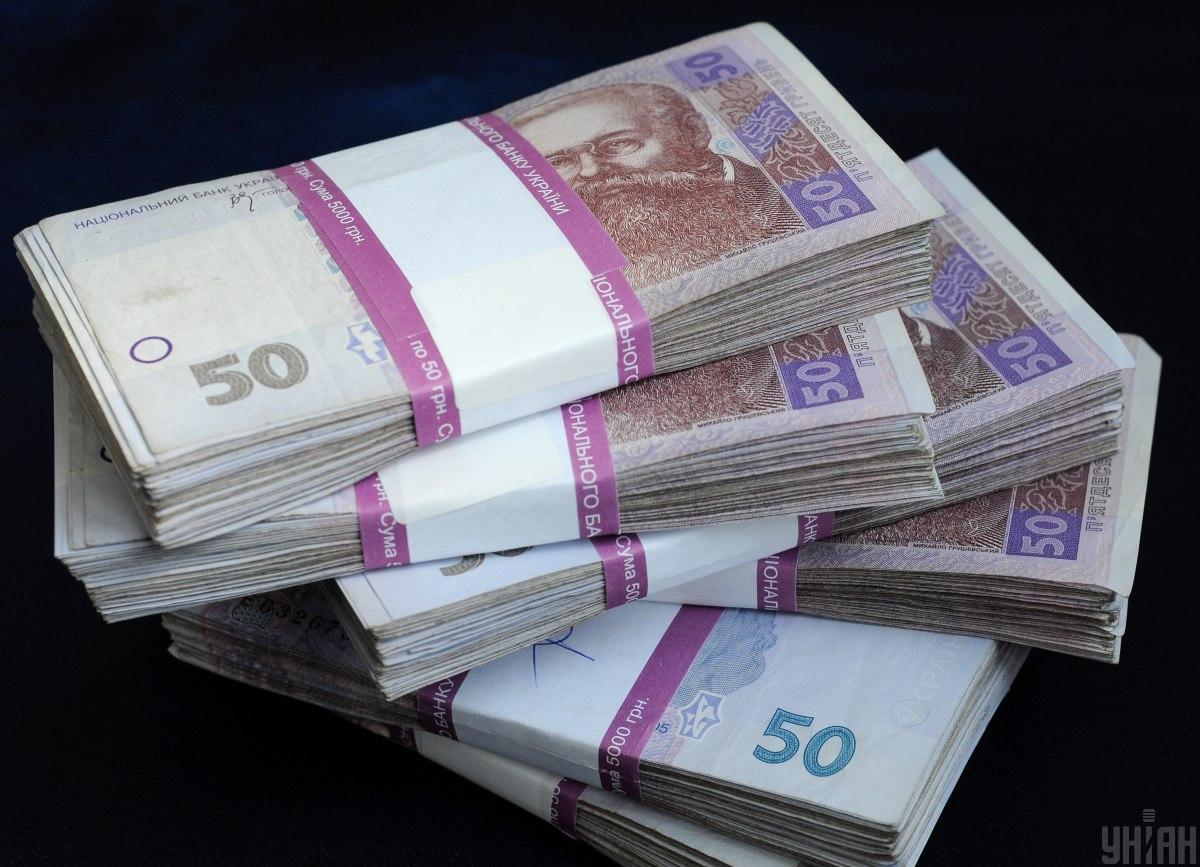
Week's balance: Cabinet approves updated macro forecast, hryvnia stabilizes, while electricity tariffs rise
The government has approved the three-year macroeconomic forecast, the National Bank has worsened its economic outlook for 2020, the hryvnia has stabilized, while electricity tariffs have gone up – these are the main economic developments of the outgoing week.
In the last week of July, the government approved the revised forecast of economic and social development for the next three years. Prime Minister Denys Shmyhal says the updated macro forecast envisages the return to the trajectory of economic growth as early as next year, with a tentative increase in GDP by 4.6%. Minimum wage in 2021 will grow first to UAH 6,250 and by the end of the year – to UAH 6,500. In 2022, minimum wage will stand at UAH 6,700, and in 2023 – at UAH 7,200.
The updated macroeconomic forecast confirmed the estimate of the GDP fall in 2020 at 4.8%.

"Our baseline forecast remains unchanged for Ukraine. This is a 4.8% decrease in GDP in 2020. We see that Ukraine is moving by the scenario developed by the Ministry of Economy. The Ministry of Economy and the Ministry of Finance so far confirm movement in line with this scenario," PM said.
Also, the prime minister noted that in order to achieve economic growth, it is necessary to focus on supporting small and medium-sized businesses, developing industry, supporting national producers, ensuring domestic investment, and improving the business climate.
Finance Minister Serhiy Marchenko predicted that the Ukrainian economy would start to recover by the end of this year, with the dynamics reviving next year.
"Already in Q4 2020, we expect a gradual economic recovery. Economic dynamics are expected to revive in 2021. This will be the budget of growth for citizens' wellbeing and the country's economy," the minister emphasized.
As for the hryvnia, the updated macro forecast revised the national currency rate for 2021 to UAH 29.1 hryvnia to the U.S. dollar.
Economic crisis
Meanwhile, the economic crisis in Ukraine is ongoing. In the outgoing week, the National Bank estimated the country's GDP decline in the second quarter of 2020 at 11% in annual terms. The main factors for the deterioration were severe quarantine restrictions on certain types of activities, as well as a decline in agricultural output due to the late start of early grain crops harvesting.
According to the National Bank, Ukraine's GDP forecast for 2020 has been revised downward to 6% due to the continued low demand within the country amid quarantine.

"The GDP forecast for 2020 has been revised towards a significant drop – about 6%. The continued adaptive quarantine in a number of areas and the still-depressed domestic demand will hold the economic recovery back. A slow exit from the crisis in other countries will narrow opportunities for a quick recovery of exports," the NBU report says.
The National Bank also said that public and publicly guaranteed debt in 2020 will increase to 62% of GDP due to an increase in the budget deficit, a fall in nominal GDP, as well as a hryvnia exchange rate that is weaker than at the end of last year. In the future, the indicator will decline by 2-3 percentage points annually, thanks to economic growth and a balanced fiscal policy.
Ukrainian experts believe that the forecast of the International Monetary Fund published in June regarding the fall of the Ukrainian economy in 2020 to 8.2% is more realistic than those drafted by the government and the National Bank.
Stable hryvnia and Eurobond issue

In the outgoing week, the hryvnia pleased Ukrainians with its relative stability. The national currency, at the official rate, fluctuated around UAH 27.69 per dollar. As a result, the National Bank on Monday, August 3, set the hryvnia to the dollar at the level of UAH 27.68, that is, the national currency has strengthened by 1 kopiyka against the previous indicator.
The head of the Ukrainian government in the outgoing week once again assured that he does not intend to interfere with the work of the National Bank and push it toward weakening the hryvnia exchange rate and heating up inflation. The government does not plan to stimulate industrial development in this way.
More financial news came from the Ministry of Finance where settlements were completed on the last week's issue of Eurobonds worth $2 billion at 7.253% maturing in 2033. The transaction allowed Ukraine to optimize its external debt servicing and reduce financing risks for the coming years.
Also, the State Statistics Service announced an increase in the average nominal wage of a full-time employee in June on year by 7.4% - up to UAH 11,579. At the same time, real wages in June increased by almost 10% against the previous month, and by almost 5% on year.
In the last week of July, news came from S&P Global Ratings, which raised the long-term credit rating of Ukrzaliznytsia from CCC to B-, which means that the company is fulfilling its obligations under the securities issued. This is a good signal for the stable functioning of the Ukrainian railway operator, which provides more than 80 percent of freight and about half of passenger traffic across country.
Growth in electricity prices

The energy company YASNO (previously operating under the DTEK brand), which provides electricity to consumers in Kyiv, has announced an increase in the cost of electricity for small non-household consumers.
From August 1, small and medium-sized businesses in the capital city will, on average, pay 6% more for electricity consumption. Changes in prices for services are associated with an increase in transmission and distribution tariffs, which have been approved by the National energy regulator NEURC.
It is worth recalling that since August, NEURC has revised tariffs for electricity distribution for regional energy companies, also doubling the tariff for the state-owned Ukrenergo. This means that entrepreneurs across the country are facing an increase in electricity tariffs.
In addition, in the outgoing week, the regulator temporarily increased the electricity price ceiling on the day-ahead market and the intraday market at night hours from UAH 959 to UAH 1,229 per MWh. This will also allow producers to sell electricity at higher prices.
The regulator explained the step by claiming that thermal generation sells electricity at night hours on the indicated markets below its cost, since the current price restriction does not allow covering the cost of generation. It is noteworthy that in Ukraine, two-thirds of the coal-fired TPP and CHPP assets belong to Rinat Akhmetov's DTEK energy holding.
Meanwhile, the Antimonopoly Committee is looking into the regulator's actions, having accused NEURC of inaction on the electric energy market, which creates conditions for businesses to violate anti-trust legislation.
At the same time, the decline in electricity consumption across country amid quarantine forces generators to reduce output volumes. According to the State Statistics Service, power plants in Ukraine for the six months of this year reduced electricity generation by 11.4% on year – to 70 billion kWh.
Thermal power plants' generation was down 16.4%, nuclear – down by 7.7%, and hydroelectric – by 22.5%.
At the same time, alternative electricity generation (solar and wind) for the six months of 2020 increased by 12.9% and 19.6%, respectively. On the last working day of July, President Volodymyr Zelensky signed a law lowering feed-in "green" tariffs for solar and wind power plants. The document will provide incentives for a fair pricing of alternative energy in Ukraine.
The next week will be marked by revolutionary changes in the energy market. From August 1, a competitive gas market for household customers will start operating in Ukraine, where each consumer will be able to independently select their supplier. Also, the State Treasury will publish data on dynamics of the single treasury account and a report on the state budget revenues.
Anna Bredikhina

